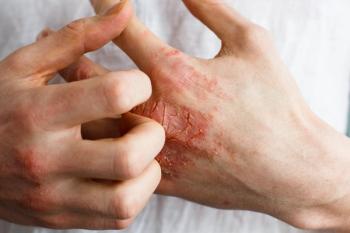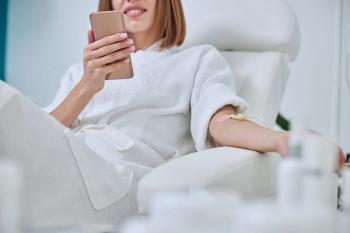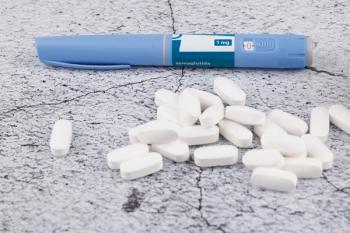
|Slideshows|December 3, 2018
9 Products That Moved Pharmacy Forward in 2018
From mobile applications to igestible devices, here are the products that innovated the industry this year.
Advertisement
Newsletter
Pharmacy practice is always changing. Stay ahead of the curve with the Drug Topics newsletter and get the latest drug information, industry trends, and patient care tips.
Advertisement
Latest CME
Advertisement
Advertisement
Trending on Drug Topics
1
Oral Semaglutide Show Promise as New Benchmark for Diabetes Care, Cardiovascular Protection
2
Opioid Overdose Deaths Fall by 34% in 2025 | ASHP Midyear 2025
3
Limited Clinical Data Impact Cannabis Integration Into Standard Care | ASHP Midyear 2025
4
What TrumpRx Means for Independent Pharmacies and Their Patients
5





























































































































